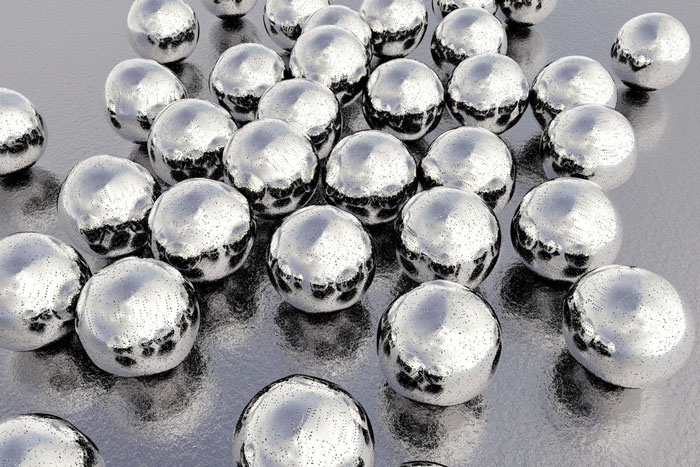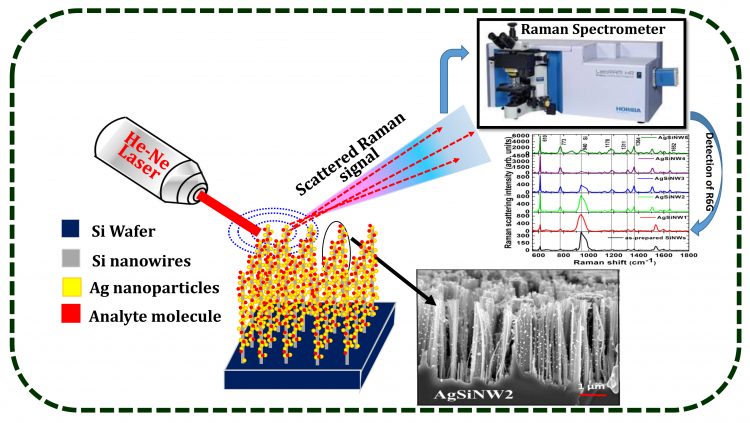Silver nanoparticles improve molecular detection in Raman spectroscopy
Posted: 2 January 2018 | Dr Zara Kassam (European Pharmaceutical Review) | 2 comments
Researchers have improved molecular detection at low concentration levels by arranging nanoparticles on nanowires to enhance Raman spectroscopy….


A team of researchers from the University of Hyderabad in India has improved molecular detection at low concentration levels by arranging nanoparticles on nanowires to enhance Raman spectroscopy.
The team decorated vertically aligned silicon nanowires with varying densities of silver nanoparticles, utilising and enhancing the structure’s 3-D shape. Their results show that their device was able to enhance the Raman signals for cytosine protein and ammonium perchlorate by a factor of 100,000.
“The beauty is that we can improve the density of these nanowires using simple chemistry,” said Dr Soma Venugopal Rao. “If you have a large density of nanowires, you can put more silver nanoparticles into the substrate and can increase the sensitivity of the substrate.”
Applying the necessary nanostructures to SERS devices remains a challenge for the field. Building these structures in three dimensions with silicon nanowires has garnered attention for their higher surface area and superior performance, but silicon nanowires are still expensive to produce.


Detection of a low concentration analyte molecule using silicon nanowires decorated with silver nanoparticles and surface enhanced Raman scattering measurements. CREDIT
V.S. Vendamani
Instead, the team was able to find a cheaper way to make silicon nanowires and used a technique called electroless etching to make a wide range of nanowires. They “decorated” these wires with silver nanoparticles with variable and controlled densities, which increased the nanowires’ surface area.
“Optimising these vertically aligned structures took a lot of time in the beginning,” said Dr Nageswara Rao, “We increased the surface area and to do this we needed to change the aspect ratio.”
After optimising their system to detect Rhodamine dye on a nanomolar level, these new substrates the team built enhanced Raman sensitivity by a factor of 10,000 to 100,000. The substrates detected concentrations of cytosine, a nucleotide found in DNA, and ammonium perchlorate, a molecule with potential for detecting explosives, in as dilute concentrations as 50 and 10 micromolar, respectively.
The results have given the team reason to believe that it might soon be possible to detect compounds in concentrations on the scale of nanomolar or even picomolar, Nageswara Rao said. The team’s work has opened several avenues for future research, from experimenting with different nanoparticles such as gold, increasing the sharpness of the nanowires or testing these devices across several types of molecules.
The study has been published in the Journal of Applied Physics.










thxu for good info ireally like this
thxu for good info